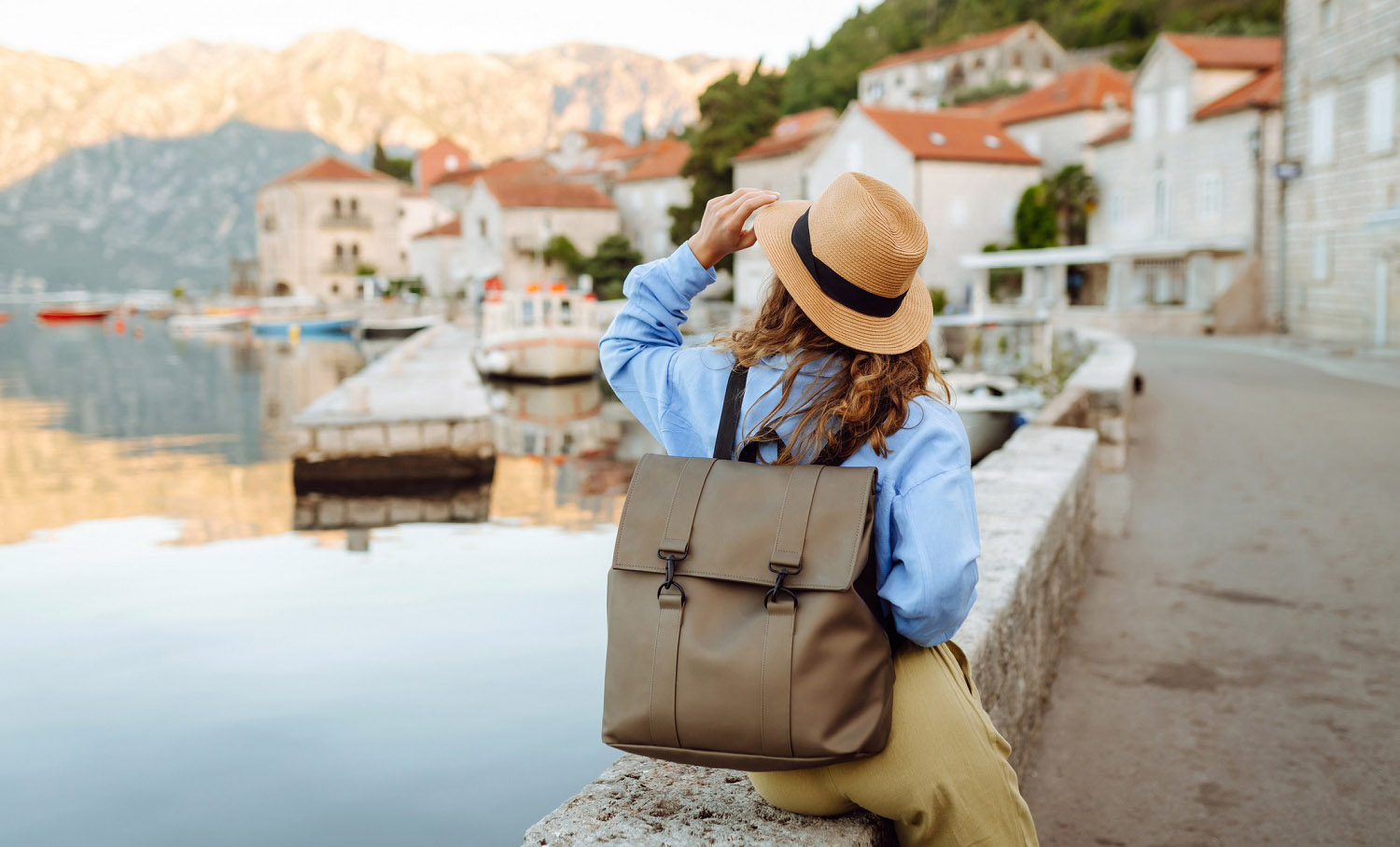How to Participate in Buenos Aires' Vibrant Carnival Celebrations
Every year, Buenos Aires—the pulsating heart of Argentina—comes alive with rhythm, color, and culture as it hosts one of the most exuberant celebrations: the Buenos Aires Carnival. Known locally as "Carnaval Porteño," this event is not only a dazzling spectacle but also a deep dive into the rich tapestry of Argentine tradition. If you're planning to embrace this lively festival, this comprehensive guide will walk you through everything you need to know about participating in Buenos Aires' vibrant carnival celebrations.
Understanding the Buenos Aires Carnival
The Buenos Aires Carnival is a celebration of life, community, and cultural heritage. Unlike some of its more famous counterparts in Brazil or Venice, the Buenos Aires Carnival offers a unique blend of music, dance, and tradition that reflects the city’s diverse history and spirit.
The Roots of Carnaval Porteño
To appreciate the Buenos Aires Carnival fully, it's essential to understand its historical roots. The festival dates back to colonial times, with African roots influencing its music and dance. The rhythms of "murga" and "candombe" are the heartbeat of the celebration, each dance telling the story of the city's multicultural identity.
Key Dates and Locations
The carnival typically takes place during February, with events concentrated over two main weekends. Key locations for the festivities include Avenida de Mayo, and throughout various neighborhoods such as San Telmo and La Boca. Make sure to check local listings or the official "buenosaires.com" for precise dates and venue updates.
Participating in the Festivities
How to Experience the Magic: A Step-by-Step Guide
Step 1: Plan Your Visit in Advance
Buenos Aires becomes a bustling hub during carnival, attracting visitors from all corners of the globe. Secure accommodations early and consider staying in neighborhoods close to the hotspots, such as Palermo or Recoleta, for easy access.
Step 2: Dress the Part
Although there’s no strict dress code, wearing comfortable clothing in bright or festive colors can enhance your experience and help you blend into the vibrant atmosphere. Don’t forget comfortable shoes for all the dancing and walking you'll do.
Step 3: Immerse in the Music and Dance
Murga groups, known as "murgueros," perform in dazzling costumes with choreographed routines. Get acquainted with the typical murga moves by joining a local dance workshop, often held in community centers or advertised on "buenosaires.com."
Step 4: Savor the Local Cuisine
No festival is complete without food. Explore street stalls and try local delicacies such as "choripán" (a chorizo sausage sandwich) or "empanadas." And of course, a taste of "mate," Argentina’s signature beverage, is a must.
Comparisons: Buenos Aires Carnival vs. Other Carnivals
While Rio de Janeiro's carnival is renowned for its scale and Venice for its grandeur, Buenos Aires offers a more intimate and community-focused affair. Here, the emphasis is on participation and authentic cultural expression rather than commercial spectacle. The local murgas and candombe troupes provide a glimpse into the city’s soul, creating a uniquely enriching experience.
Local Rankings and Reviews
Within the city, certain carnivals stand out for their vibrancy and energy. San Telmo's carnival ranks high among locals and visitors alike for its lively parades and historic ambiance. Meanwhile, the carnival in La Boca, with its colorful streets and tango flair, offers a more traditional and authentic feel.
FAQs: Navigating the Carnival Scene
Q1: Do I need tickets to attend the parade?
Typically, parades and street performances are free. However, some special events or seated areas may require tickets, which can be purchased online or through local vendors.
Q2: Is the carnival family-friendly?
Absolutely. Buenos Aires' carnival is a family-friendly event, with activities and performances suitable for all age groups. Parents should exercise caution and keep an eye on children in crowded areas.
Q3: What is the traditional music of the carnival?
Murga is the hallmark music style, characterized by its rhythmic beats and vibrant dance routines. Candombe, with its African origins, also features prominently in the festivities.
Q4: Are there any specific safety tips for attendees?
Like any large-scale event, it's important to remain vigilant. Keep valuables secure and be mindful of your surroundings. It's also wise to stay hydrated and wear sunscreen during daytime events.
Q5: How can I engage with locals during the carnival?
Participating in workshops, dancing along with street performers, and attending post-parade gatherings are great ways to interact with locals and get an insider’s view of the celebration.
Dive Deeper into Buenos Aires
Participating in the Buenos Aires Carnival is more than just witnessing an event; it’s an opportunity to connect with the city's cultural heartbeat. As you dance the night away to the rhythms of murga and savor the delicious street food, you'll gain insights into what makes Buenos Aires such a captivating destination. For more information about events, accommodations, and cultural insights, be sure to explore "buenosaires.com" and its rich content on the city's vibrant festivals and attractions.
Ask Our Travel Assistant
Get personalized recommendations and answers to your questions about Oakland
